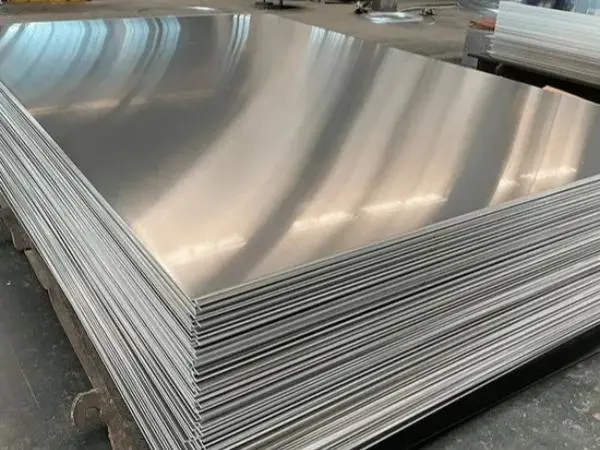- Phone0086 731 8564 8255
- E-mailsales@cscsteel-manufacturing.com
-

Flange grade standards are essential in ensuring the proper function, safety, and reliability of flange connections in various industries. Understanding these standards is critical for selecting the right flange for a specific application, based on factors such as pressure, temperature, and the type of media being transported.
Features of Flange Grade Standards
Pressure Bearing Capacity: Flanges with higher standard grades offer stronger pressure-bearing capabilities, but this comes with an increase in production cost.
Standard Grade Consistency: Flanges of different standard grades should not be mixed. They must be connected according to the same grade to maintain integrity and performance.
Suitability for Different Pressure Grades: Flanges of the same standard grade can be used across pipeline systems with varying pressure ratings. For example, a PN1.6MPa flange is suitable for systems with nominal pressures of 1.0, 1.6, or 2.5MPa.
Temperature and Media Compatibility: Different flange standards are designed to withstand varying temperatures and media types. Choosing the appropriate grade based on the working conditions is crucial for optimal performance.
Commonly Used International Flange Grade Standards
ANSI B16.5
ANSI B16.5 is the American national standard for flange connections, often used interchangeably with ASME B16.5. It is the most widely adopted flange standard, covering pipe diameters from 1/2 inch to 24 inches and grades from 150# to 2500#. The standard includes various face seal designs to cater to different application needs.
JIS B2220
Formulated by Japan, JIS B2220 provides five grades: 10K, 16K, 20K, 30K, and 40K, with 10K and 20K being the most commonly used. The flange surfaces are available in flat and flange types, designed for different pressure requirements.
DIN 2501
The German standard DIN 2501 includes grades PN6, PN10, PN16, PN25, and PN40. It offers flanges with circular and flange-type sealing surfaces, with the flange-type surface providing superior sealing performance.
EN 1092
A European standard, EN 1092 defines five flange types: type 1 (plate flange), type 2 (flange flange), type 5 (reverse cover flange), type 11 (blind cover flange), and type 12 (hinge flange). The connection surfaces come in circular and flange shapes, ensuring standard interchangeability across different systems.
GB/T 9119
China’s GB/T 9119 standard covers 12 grades ranging from PN0.25 to PN42.0, with flange surfaces available in flat and flange types. This standard is widely adopted in industries like petroleum, chemical, and power generation.
Application Scenarios
ANSI B16.5
Commonly used in the chemical, petroleum, power, paper, shipbuilding, and water treatment industries, ANSI B16.5 flanges are versatile, suitable for various pressures, temperatures, and fluid types.
JIS B2220
Typically employed in low-pressure, high-temperature environments, JIS B2220 flanges are primarily used in industries like water treatment, chemical processing, mining, and food processing.
DIN 2501
DIN 2501 flanges are ideal for low to medium-pressure pipeline systems found in industries such as shipbuilding, food processing, pharmaceuticals, and power generation.
EN 1092
Used extensively in equipment, machinery, and industrial buildings, EN 1092 flanges are suitable for a wide range of applications requiring reliable, standardized connections.
GB/T 9119
Widely used in industries such as petroleum, chemical, metallurgy, and water treatment, GB/T 9119 flanges are highly adaptable for various pressure and temperature conditions across different sectors.
By understanding these flange grade standards and their applications, engineers can select the most appropriate flange for their specific requirements, ensuring safety and efficiency in their pipeline systems.




